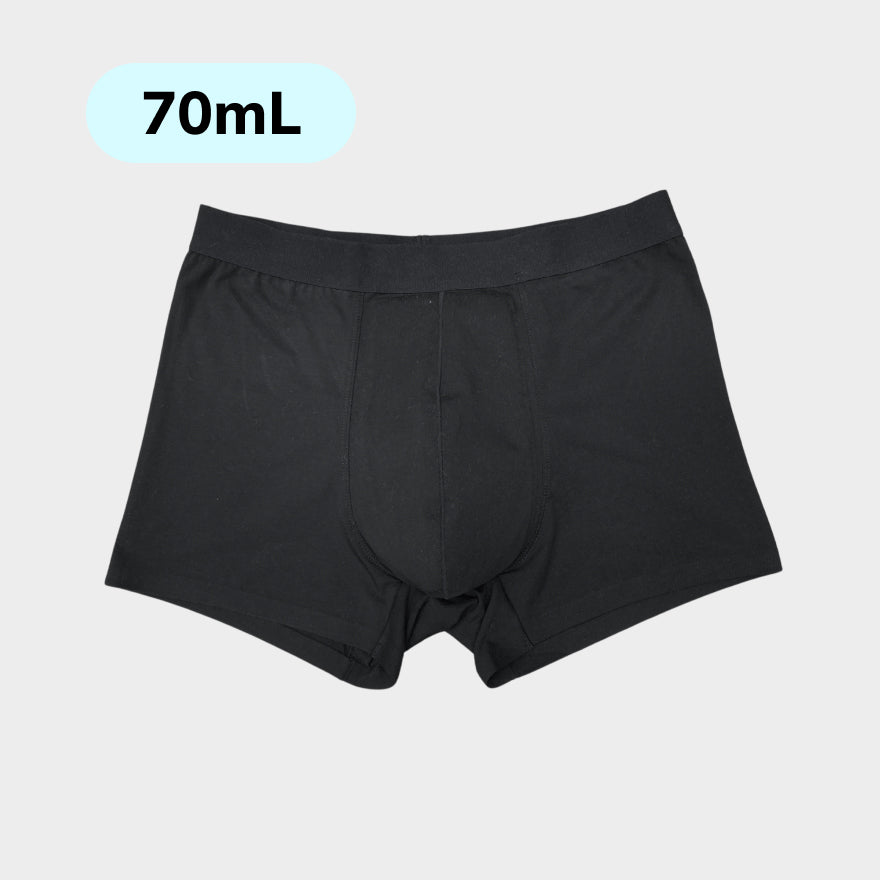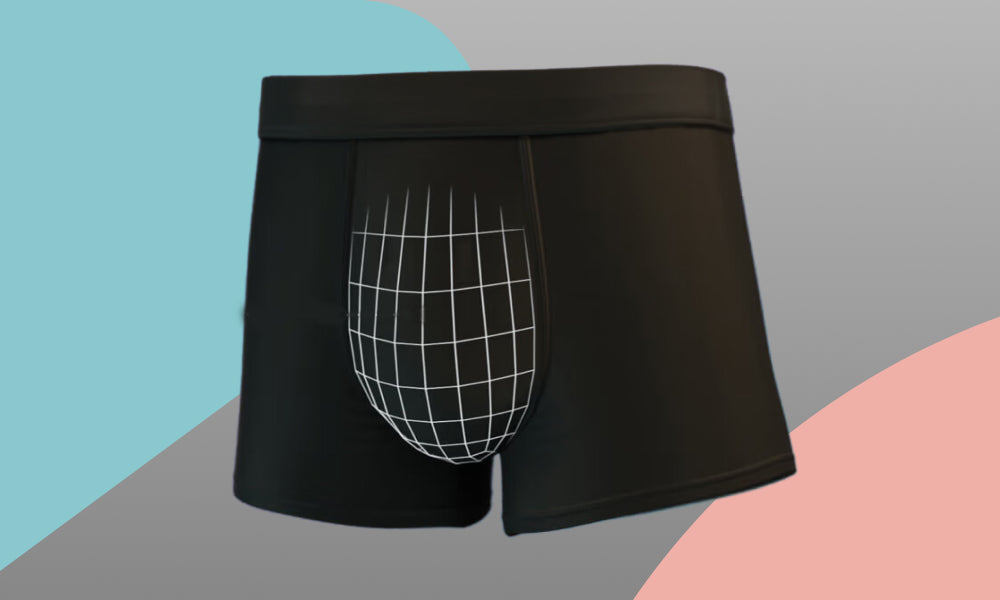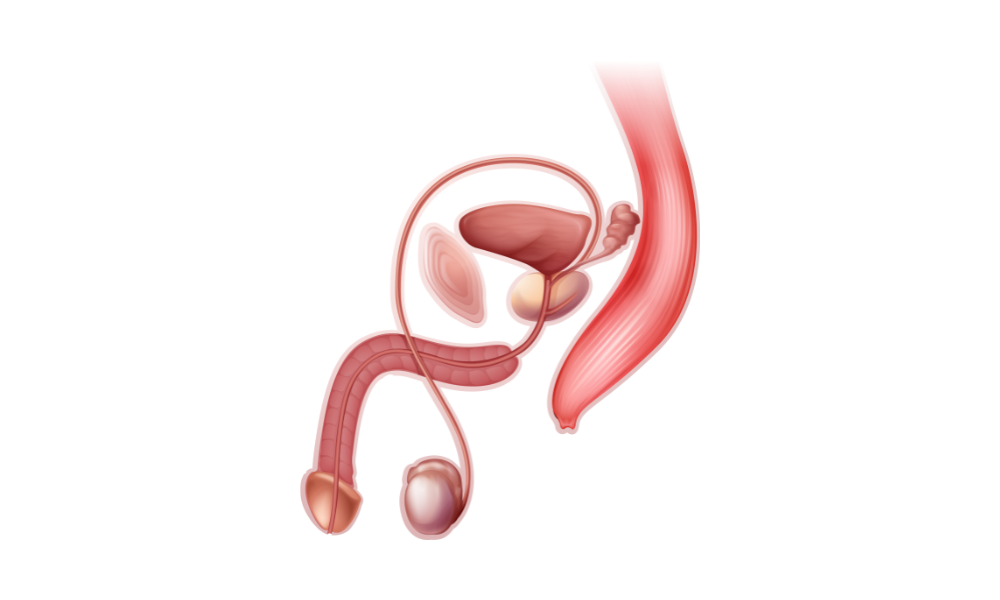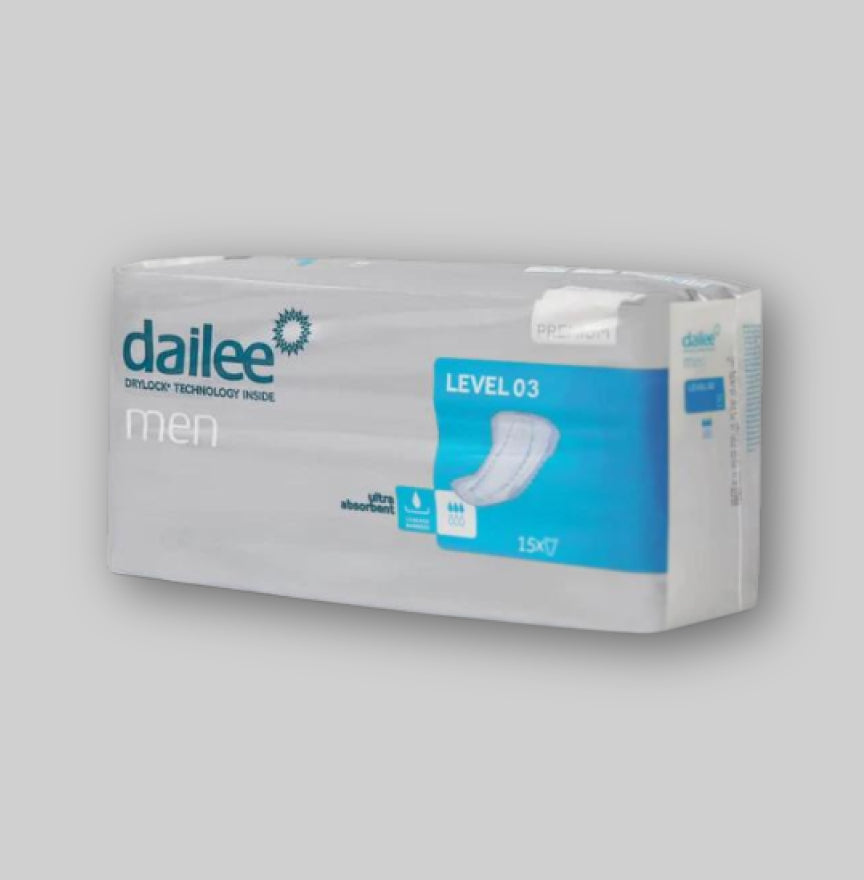Prostate problems are common in men, especially as they age. It is important to be well-informed about your prostate and the possible symptoms you may experience. Here are 8 essential facts about the prostate that every man should know.
1. What is the Prostate?
The prostate is a small gland, about the size of a walnut, located just below the bladder and surrounding the urethra. The prostate plays a crucial role in reproduction by producing a fluid that is part of semen.
2. Common Prostate Complaints
Prostate problems can range from mild to severe. Common symptoms include difficulty urinating, a weak urine stream, frequent urination , especially at night , and a feeling of incomplete bladder emptying. It is important to see a doctor if you experience these symptoms.
3. Enlarged Prostate (Benign Prostatic Hyperplasia)
Benign Prostatic Hyperplasia (BPH) is a common condition in older men in which the prostate gland is enlarged . This can lead to urinary problems. BPH is not malignant, but can be a nuisance. Treatments range from medication to surgery , depending on the severity of the symptoms.
4. Prostatitis
Prostatitis is an inflammation of the prostate gland and can be either acute or chronic. Symptoms may include lower abdominal pain, difficulty urinating, and pain during urination. Treatment may include antibiotics, anti-inflammatory drugs, and other medications.
5. Prostate cancer
Prostate cancer is one of the most common cancers in men. Early detection is crucial for successful treatment. Regular check-ups and PSA (Prostate Specific Antigen) tests can help detect prostate cancer early.
6. Risk Factors for Prostate Problems
Age is one of the biggest risk factors for prostate problems. Other risk factors include genetics, diet, lifestyle, and hormonal changes. It is important to be aware of these risk factors and take preventative measures where possible.
7. Diagnostic Methods
Diagnosis of prostate problems may involve several methods, such as a rectal exam, PSA test, ultrasound, and biopsy. These tests help doctors make an accurate diagnosis and determine the best treatment.
8. Treatment options
There are several treatment options available for prostate problems, depending on the specific condition and its severity. These may include medications, minimally invasive procedures, surgery, and lifestyle changes. It is important to work with your doctor to determine the best treatment option for your situation.
Discuss your complaints with a doctor, do not wait too long
It is essential for men to be well-informed about their prostate and the possible symptoms that may occur. Regular medical check-ups and a healthy lifestyle can help prevent and detect prostate problems early. Always consult a doctor if you experience symptoms or have questions about your prostate health.



















